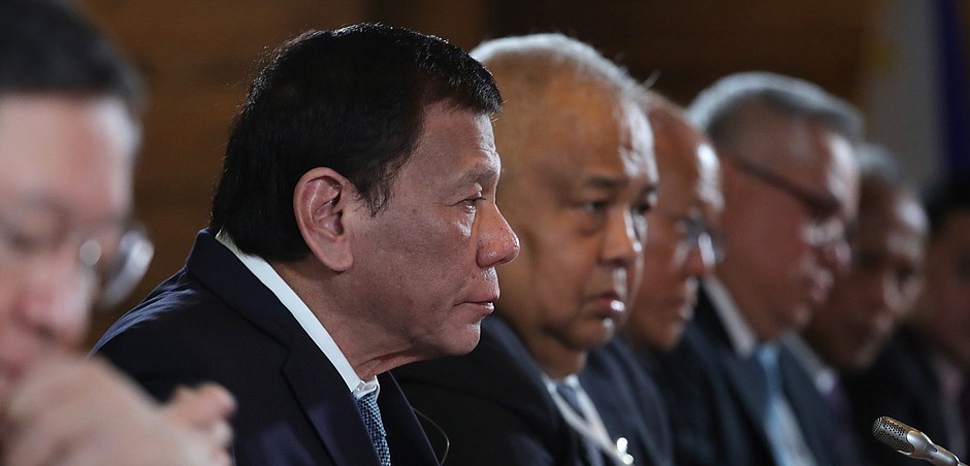The communist insurgency in the Philippines is into its sixth decade. Since its formation in 1969, the New People’s Army (NPA)—the armed wing of the Communist Party of the Philippines (CPP), formed a year earlier—has fought a low-level guerrilla war against government troops. Over that time, much has remained the same. The CPP’s founder Jose Maria Sison remains at the helm, albeit now aged 82 and living in self-imposed exile in the Netherlands. Across the Philippines, NPA insurgents still target soldiers and police officers in roadside ambushes before retreating to their isolated rural hideouts.
Amid this violence, peace talks have failed under six successive Philippine leaders, including current president Rodrigo Duterte since 2016. His election—as an outsider candidate hailing from Mindanao where the insurgents are most active—initially led to hopes of a breakthrough. Yet since peace talks collapsed a year into his tenure, the proliferation of “red-tagging,” whereby senior officials routinely label political opponents as communist sympathizers, now risks further violence. Killings of left-wing activists by vigilantes and police have become more frequent, and threaten reprisals from the NPA.
Talks collapse under Duterte
Such an outcome was not inevitable. In August 2016, the NPA and the Philippine military had both declared unilateral ceasefires soon after Duterte came to power. Manila entered negotiations with the National Democratic Front of the Philippines (NDFP)—a negotiation panel representing the CPP and NPA in peace talks with the government—and several rounds of talks were held in Amsterdam, Oslo, and Rome. But in early 2017, the peace process collapsed after Duterte refused a CPP demand to release political prisoners, sparking renewed rebel attacks and bringing an end to the ceasefires.




